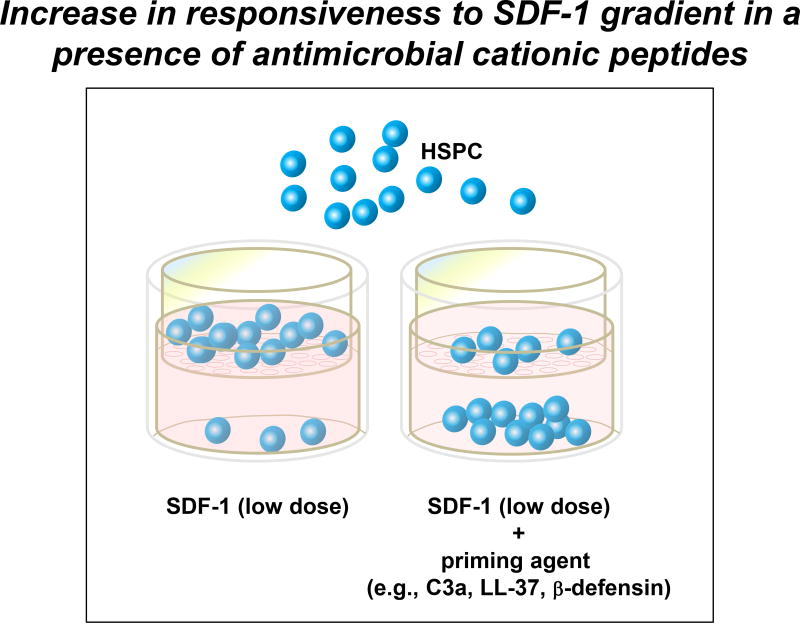Figure 1. A priming effect increases the responsiveness of HSPCs to low SDF-1 gradients.
The overall scheme of chemotactic assays performed in the Transwell system to evaluate the HSPC priming phenomenon. In the presence of a priming agent (e.g., antimicrobial cationic peptides such as C3a or cathelicidin [LL-37] or β2-defensin), HSPCs respond more robustly to low doses of SDF-1. This phenomenon is currently being tested in the clinic, where UCB are exposed ex vivo to a priming agent (C3a antimicrobial cationic peptide) before transplantation.

